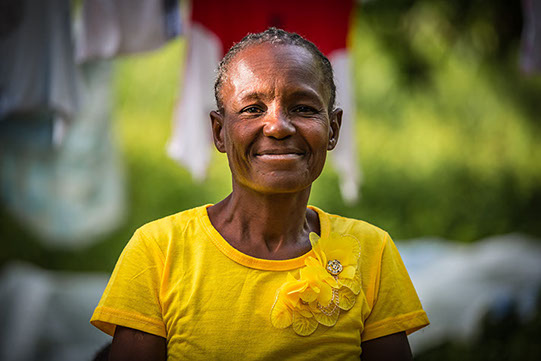Ultra poverty is an inability to meet even the barest of basic needs. The ultra poor are typically food insecure, have few or no assets, lack education, and suffer from poor health.
Often chronic and intergenerational, ultra poverty creates a trap that is incredibly difficult for women and their families to escape. Traditional microfinance institutions do not reach out to the ultra poor due to the very high level of accompaniment required to help them ascend from ultra poverty.
CLM was first piloted in 2007 to serve Haiti’s ultra-poor. Based on the Graduation Model created by BRAC in Bangladesh, the program was one of ten pilots conducted in partnership with CGAP and the Ford Foundation to combat ultra poverty.
Fonkoze uses an intensive process to identify Haiti’s poorest women. CLM case managers begin by engaging entire communities in a process known as Participatory Wealth Ranking (PWR). During the process, community members map out every local household and rank the households according to five wealth categories. Using the PWR results, case managers interview prospective members using two key tools, the Poverty Probability Index (PPI) and the Fonkoze Poverty Scorecard.





